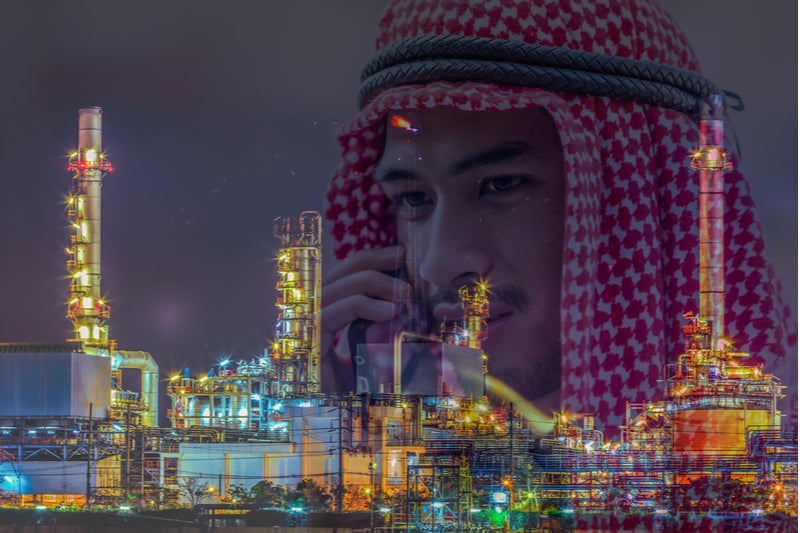
Saudi Aramco has demonstrated its resilience by restoring production at oil centres attacked in September, the company’s CEO Amin Nasser told the annual Oil & Money Conference in London on 9 October.
He also said Aramco is pressing ahead with its initial public offering (IPO) plan and can cope with forecast falling oil demand after 2030 because it is one of the world’s lowest-cost producers.
Drone attacks
“Make no mistake, these attacks not only targeted Saudi Aramco and Saudi Arabia. These attacks targeted the global economy and the global community,” Nasser said.
Nasser said “there’s no doubt” that the attacks and previous ones on the kingdom’s east-west pipeline in July and the Shaybah oil field complex in August were instigated by Iran.
Nasser said the attacks on the Abqaiq and Khurais production facilities, which happened at 3:30 am on 14 September, immediately knocked out 5.7 million barrels a day (b/d) of production and 40-50 per cent of Saudi Aramco’s natural gas liquid (NGL) production.
How well do you really know your competitors?
Access the most comprehensive Company Profiles on the market, powered by GlobalData. Save hours of research. Gain competitive edge.

Thank you!
Your download email will arrive shortly
Not ready to buy yet? Download a free sample
We are confident about the unique quality of our Company Profiles. However, we want you to make the most beneficial decision for your business, so we offer a free sample that you can download by submitting the below form
By GlobalData“More than 20 drones and rockets hit two major facilities in the kingdom at the same time,” Nasser said. “We had 10 major fires in total and six fires in one plant.”
Nasser said the emergency response was highly effective. The system in both complexes was quickly depressurised and oil supply feeds were cut “within minutes”.
“It took us 24 hours to restart Khurais at a lower production and 40 hours to restart Abqaiq production, also at a lower production,” Nasser said. “It took us 10 days to bring all the facilities back to a production level of around 11.3 million b/d, which was much higher than the level during the attack. We will bring [maximum sustainable capacity] back to 12 million b/d by the end of November.
“None of the shipments for international customers was affected,” Nasser said. “We could have called ‘force majeure’, but not a single shipment to our international customers was interrupted.”
Nasser said Aramco has plans to maintain output and exports in all circumstances. The East-West pipeline, which carries oil, NGL and gas, now has a capacity of 7 million b/d.
IPO impact
Nasser said the attacks have not affected plans for Saudi Aramco’s planned IPO.
“There is no impact on the IPO whatsoever,” Nasser said, adding that when the IPO happens and how many shares will be sold will be determined by the government, which owns Saudi Aramco.
“The company is ready. We have no issue about proceeding any time we are told,” he said.
“[The response to the attacks] shows the company is worth much more than if you share the numbers,” Nasser said. “We have been tested three times.”
Peak oil
Nasser said he is relaxed about forecasts that world oil demand could start falling after 2030. He said the kingdom is the world’s lowest-cost producer of crude oil.
“A lot of marginal barrels will go out of the market before we do,” he said. “We are also the cleanest oil producer.”
Nasser said that Saudi Aramco forecasts that Saudi Aramco is well-placed to find new reserves to meet demand beyond 2030.
“The Ghawar field has 48 billion barrels of reserves and is only producing 3.8 million b/d today,” Nasser said. “We have extensive reserves. We keep adding to them and we replace every barrel that we produce. Even in existing fields, if you want to expand capacity you can do it big time.”
Related Reports:
Drones in Oil & Gas – Thematic Research
Quarterly Upstream M&A and Capital Raising Deals Review – Q2 2019
MEED
This article is sourced from Offshore Technology sister publication www.meed.com, a leading source of high-value business intelligence and economic analysis about the Middle East and North Africa. To access more MEED content register for the 30-day Free Guest User Programme.



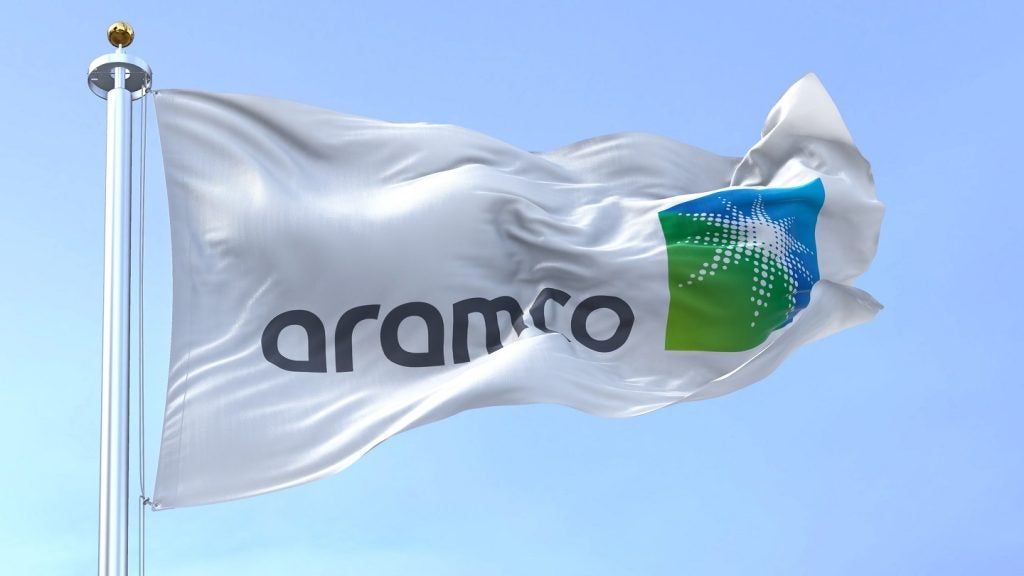
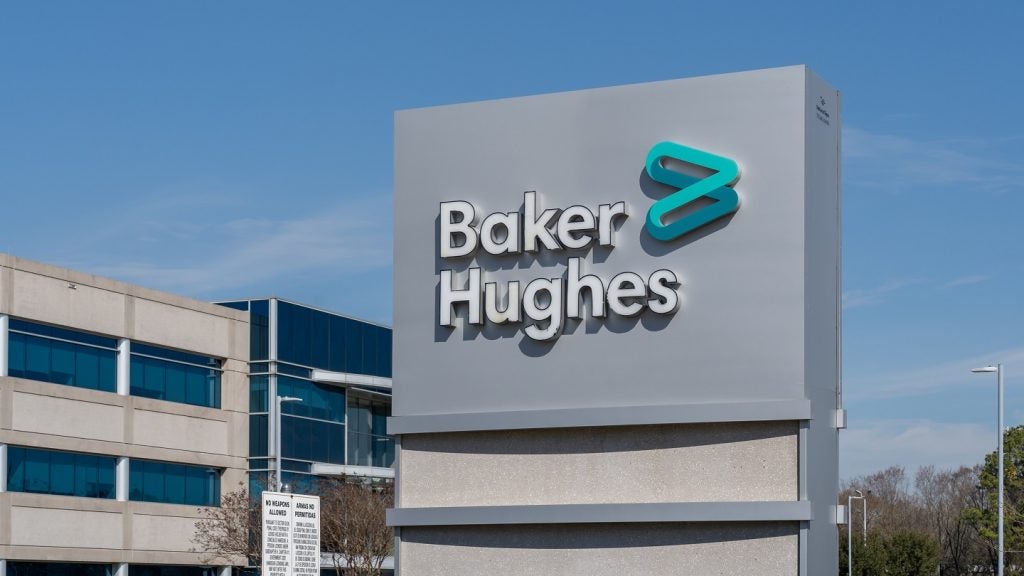
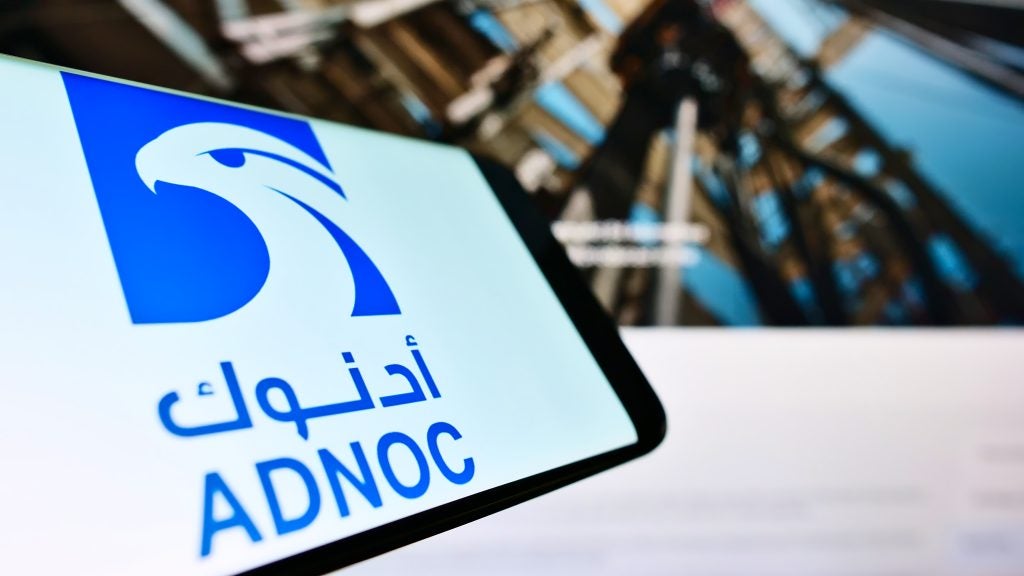
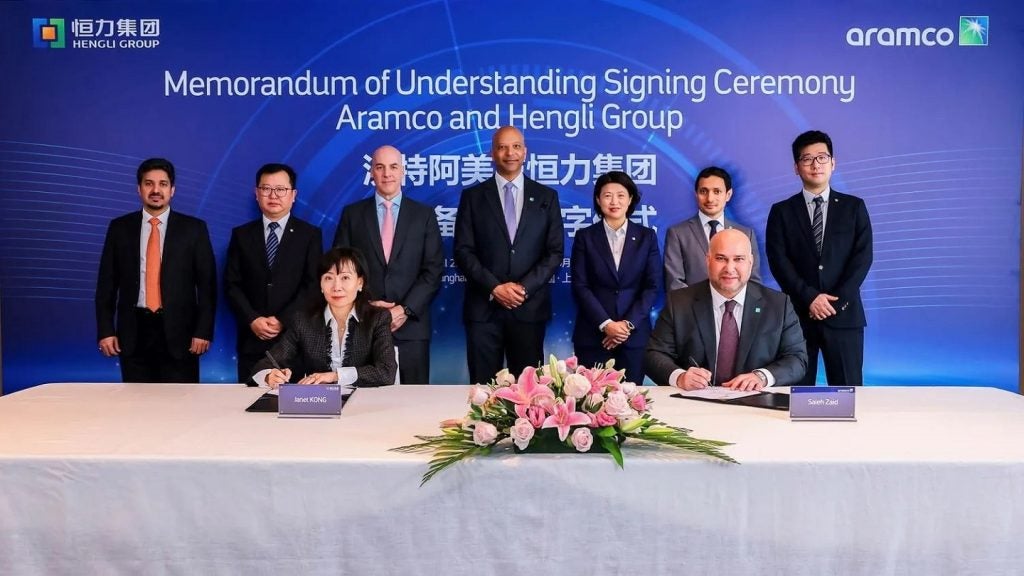

Related Company Profiles
Saudi Aramco (Inactive)
Offshore Technology Corp
Aramco